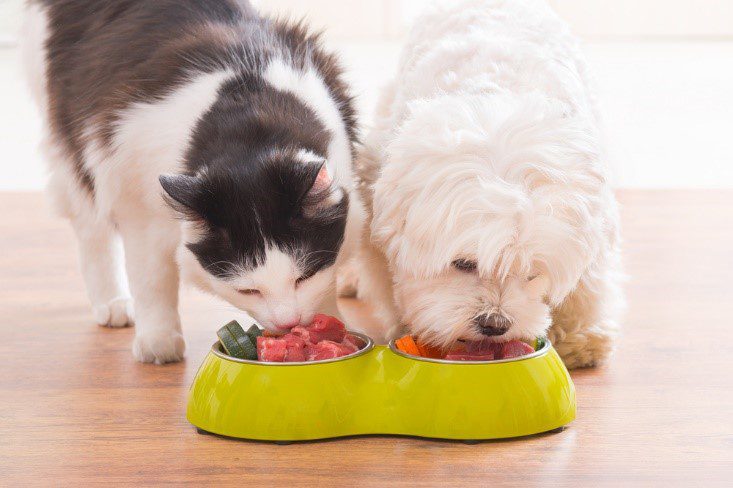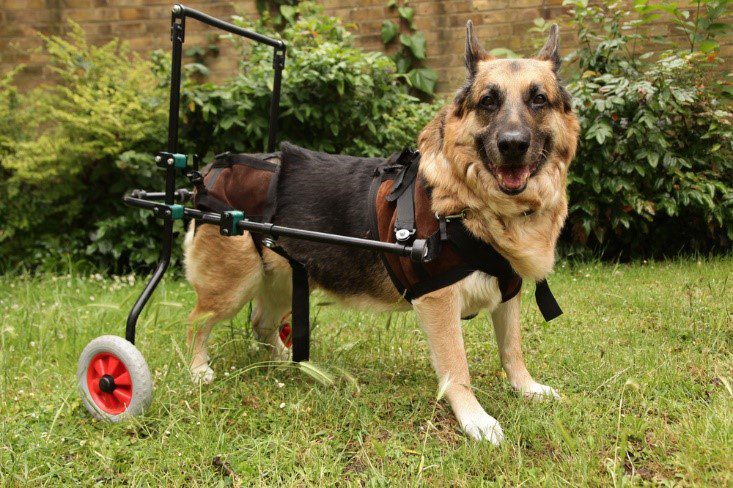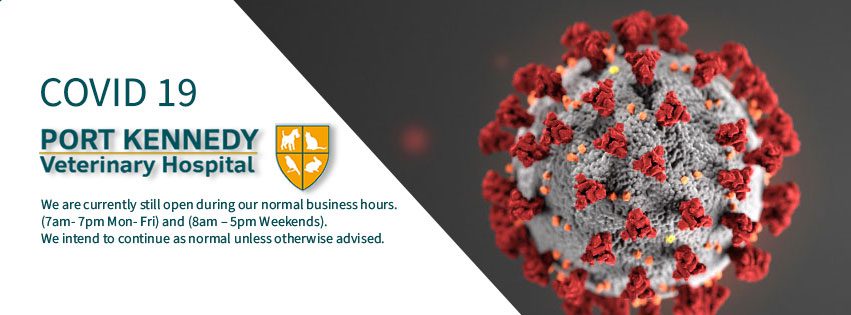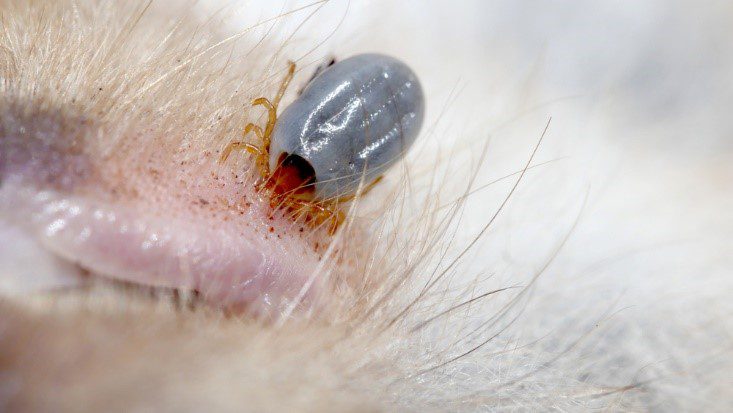Unhealthy Foods for Pets: We love to feed our dogs the same food that makes us happy since our pets are like family to us. The problem is that dogs aren’t people and have a completely different metabolic rate than ours.
Be mindful of the things that are absolutely off-limits to your pet since even meals that are perfectly OK for us may be very harmful or even fatal to them. Because they vary from one product to another, ingredients are another crucial consideration. So, it’s possible to find pet foods that are perfectly safe for your pet and others that have harmful ingredients like artificial sweeteners.
Take a look at our seven-item list of items that are bad for your pet’s health and safety.
8 Unhealthy Foods for Pets
Chocolate
Theobromine, found in cocoa, is poisonous to cats and dogs due to its ability to induce convulsions, internal hemorrhage, and perhaps heart failure in high doses. Keep the chocolate out of the reach of many animals, especially dogs and cats, since they adore sweet stuff.
Grapes
Some fruits are better for you than others. Dried grape products, including sultanas, currants, raisins, and grapes, are very poisonous to dogs. In little dogs, even a small amount of grapes may lead to renal failure and perhaps death.
Avocado
Keep the creamy, delicious avocados for your human family members alone. Avocados contain the poisonous compound persin, which may make dogs sick with vomiting and diarrhoea.
Cooked Bones
Despite the fact that cooked bones are lethal for dogs and cats, many people do not think twice before feeding them. Chicken and other poultry bones, being small when cooked, may shatter more readily and penetrate the animal’s digestive system. Dogs may eat larger, raw bones without fear of injury if they are free of sharp fragments.
Xylitol
A sugar substitute, xylitol is included in sugar-free gum, candies, peanut butter, and baked goods, among other things. Because xylitol is poisonous to dogs and may induce vomiting and seizures, it is crucial to read the label before feeding your pet any processed food.
Milk
Due to their lactose intolerance, many cats and dogs experience gastrointestinal issues such bloating, stomach discomfort, and diarrhoea when given dairy products. Most people can usually eat little quantities of cheese without any problems. Start with a little dose and see how your pet reacts if you’re not sure.
Onions and Garlic
When dogs eat onions or garlic, it may harm their red blood cells and lead to anaemia. Onions, whether raw or cooked, are toxic to pets. However, pets usually avoid onions on their own, so it’s important to watch out for them in stews and soups.
Alcohol
Dogs and cats shouldn’t drink alcohol under any circumstances.
Vet Clinic Port Kennedy
At Port Kennedy Vets, we value your pet’s well-being and comfort above all else. If your pet ingests anything they shouldn’t, please don’t hesitate to bring them in for treatment. Call 08 9524 6644 or contact us online for any enquiries or health concerns regarding your pet. The wellness programmes we provide simplify pet care and allow you to invest in your pet’s health and happiness with reasonable monthly fees.
Also visit – gowesthandbook.com.au









